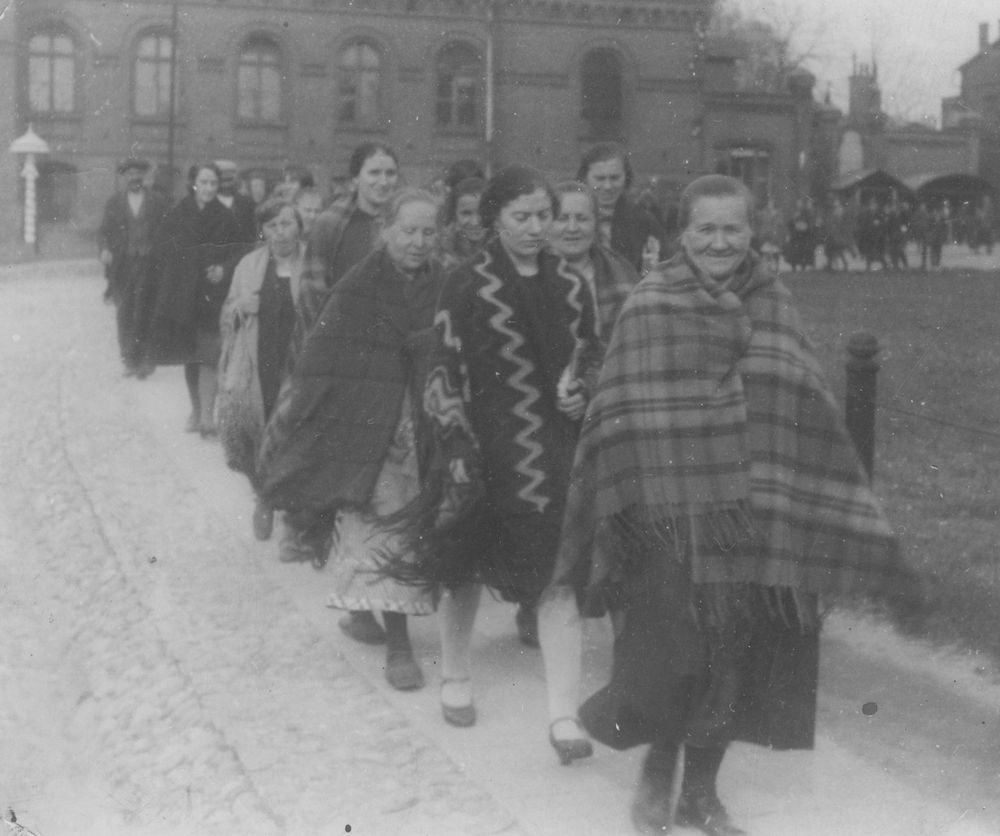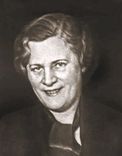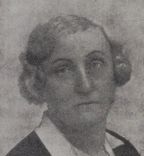Bridging Class Divides? Polish Women Labour Inspectors in the Interwar Period
As Poland built itself into a modern nation-state after regaining independence in 1918, a unique group of women entered the public sphere as labour inspectors. These women, often from educated middle- and upper-class backgrounds, took on roles within the state apparatus to monitor and improve working conditions, especially for women and adolescent workers in factories. Their work offers an example of cross-class activism: professionals using their position, education, and resources to inspect industrial workplaces, advocate for and support the rights and welfare of working-class women.
Including women in the labour inspectorate in Poland was influenced by both international labour standards and the legacy of earlier women-led civic organizations. Before World War I, Polish women had been involved in the social reform movement and offered hygiene education and basic childcare support for factory workers’ infants. Such associations were typically led by privileged, well-educated women concerned with improving the lives of working-class mothers. In independent Poland, women took up official roles in the Ministry of Labour and Social Assistance as researchers, like Melania Bornstein-Łychowska, or labour inspectors.
One of the best-known women labour inspectors was Halina Krahelska, a former socialist activist who joined the labour inspectorate and became a vocal critic of its upper-class bias. Krahelska pointed out that many inspectors came from privileged backgrounds and lacked an understanding of the real conditions working-class women faced. She argued that only a strong pro-worker stance could counteract this disconnect. Krahelska hoped for – and, for several years, embodied – a new kind of activism, one that involved stepping into the machinery of the state while remaining committed to solving the problems of the workers.

Women leaving the factory in Łódź, 1932 (Source: NAC)
The laws adopted throughout the 1920s granted the inspectors – including women inspectors – the authority to oversee workplace safety, regulate working hours, and mediate workplace conflicts. From the beginning, women inspectors were expected to pay special attention to the conditions of women and underage workers. At the end of the 1920s, they led public campaigns on issues such as child labour and access to childcare. Their purview was not limited to the workplace: increasingly, in the 1930s, women inspectors also conducted research into workers’ health and family situations, and published extensively as a result. Their concern for workplace accidents, for example, highlighted how factory work – in textile industries or other branches traditionally considered “light” industry, such as food processing – was in reality physically and mentally exhausting and extremely detrimental to women workers. They linked high accident rates to poor working conditions and long hours, and emphasized that household and childcare responsibilities further increased women’s vulnerability to occupational exhaustion.
What makes this work “cross-class” is the way middle-class and upper-class women inspectors – educated, experienced, and working in official state positions – consistently advocated for policies that would, in their view, benefit working-class women. They also acted as mediators between the state and the factory floor, using their status to give voice to those who had little formal power. Even when their efforts were constrained by economic pressures – such as during the Great Depression – or political limitations, they continued to raise awareness about the gendered dimensions of labour and push for policies that specifically addressed the conditions of working women, in particular working mothers.
As state officials, inspectors had to balance their concern for worker well-being with the state’s economic priorities, such as increasing productivity and efficiency. For example, Janina Miedzińska, a high-ranking inspector in the 1930s, promoted short physical exercise programs in the workplace for women workers. This initiative, she argued, was necessary not only for the health benefits but also to maintain workers’ productivity. This shows the diverse purposes of cross-class activism within governmental institutions, where ideals had to be adjusted to fit institutional goals.
The story of Polish women labour inspectors in the interwar period reveals how cross-class activism could take shape within the framework of state institutions. As they addressed the problems of women workers, women inspectors relied primarily on their own understanding – and, sometimes, mis-understanding – of the realities of working-class life, but sometimes also directly solicited opinions from working-class women.



